Should a Child Take Probiotics?
The first thing I asked Dr. Hopkins to look into was if kids should take an oral probiotic supplement.
The conclusion he and I both reached is that yes, there’s quite a bit of solid data to support probiotic supplementation for adults and kids alike.
Probiotics work their magic by helping us break down materials we are unable to digest, produce essential vitamins, and fight off pathogens. Specifically, studies demonstrate probiotics’ potential to improve general immune function, skin disorders, colic in infants, respiratory conditions, and allergies. In pre-term or low birth weight infants, probiotic supplementation may help prevent necrotizing enterocolitis. And there are well-established benefits to probiotic supplementation in infant formula.
Importantly, there’s no evidence to suggest any risks for children or even infants/toddlers when it comes to probiotic supplementation. (One minor caveat to the above is that when it comes to the treatment of constipation, the current data suggest that probiotics are unlikely to be effective in children.)
Cheat Sheet: Which Probiotics Are Best for Children?
Dr. Hopkins and agree that the best probiotics for kids are made by Hiya, which has a clean ingredients list, third-party test results proving purity, and comes in eco-friendly packaging.
You’ll learn more about this brand–and eight others–below.
Shop Hiya
What to Look for in Probiotics for Kids
Generally speaking, you can use the same criteria when choosing children’s probiotics as you would for adults, with the only clear contraindication being a severely immunocompromised individual.
You can go deep into Dr. Hopkins’ criteria in our Adult Probiotics Guide. What follows is a summary of the key points, especially as they pertain to the best probiotics for kids.
- Classes and strains of probiotics. Probiotic species can be divided into three broad classes, totaling dozens of strains. Most people will experience a greater benefit from probiotic supplementation if they choose a blend with a greater variety and number of strains.
- Colony forming units. The number of probiotic microorganisms in each serving of a supplements is measured in Colony Forming Units, or CFUs. General guidelines are that there should be at least a billion CFUs in any probiotic supplement, but we prefer to see much more than this. It’s intuitive that CFU dosage should be lower for children just like the dosage of any medication. But Dr. Hopkins didn’t find any evidence to suggest that higher CFUs could be harmful to kids.
- Independent testing. The best probiotic brands conduct testing to ensure the potency and the purity of their supplement. We gave extra points to those brands that provided us with a Certificate of Analysis (COA) to prove their label’s claims.
- Added junk. When evaluating the best probiotics for kids, we screened for all the usual suspects: fillers, gums, flavors, sugars, and other additives.
Best Probiotics for Kids Vs. Best Probiotics for Adults
There are some key differences between probiotics for adults and those made for children. These include:
- Number of CFUs. Most brands of probiotics for kids have only on or two billion CFUs per serving. We believe that kids should have much higher doses.
- Classes and strains of probiotics. All but one of the brands we reviewed had only one class of probiotic in each formulation. And very few of the formulations contain more than two different probiotic strains. By comparison, most of the adult formulations in our Good and Best Stuff categories had 10 or more different strains of probiotics. The least well studied class of probiotics is soil-based. With these, it is recommended to be more cautious if you’re purchasing for children.
- Type of pill. For obvious reasons, children’s probiotics tend to come in chewable form. In some cases, that makes it harder for them to meet our Good Stuff criteria due to additives, fillers, and sugar.
Ranking the Best Probiotics for Kids
With the aforementioned criteria in mind, Dr. Hopkins and I set out to rank eight popular brands to determine the best probiotics for kids. Here is where we landed, from best to worst.




















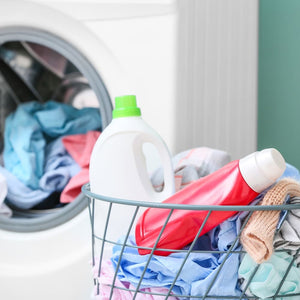
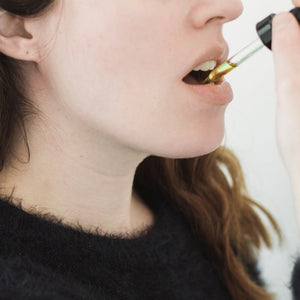
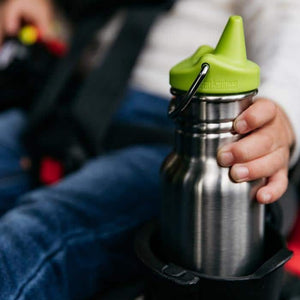
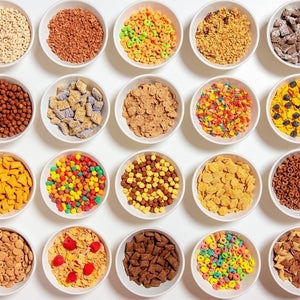



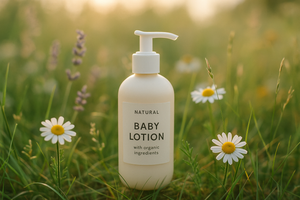
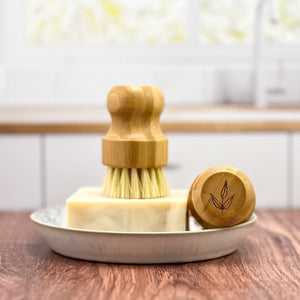
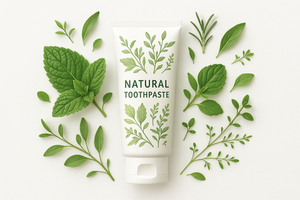


1 comment
kellyvargue
Thank you! How do you feel about Hiya’s larch tree bark? It doesn’t have enough studies.
Also, it is recommended to give kids adult probiotics? I believe they have less additives (?)